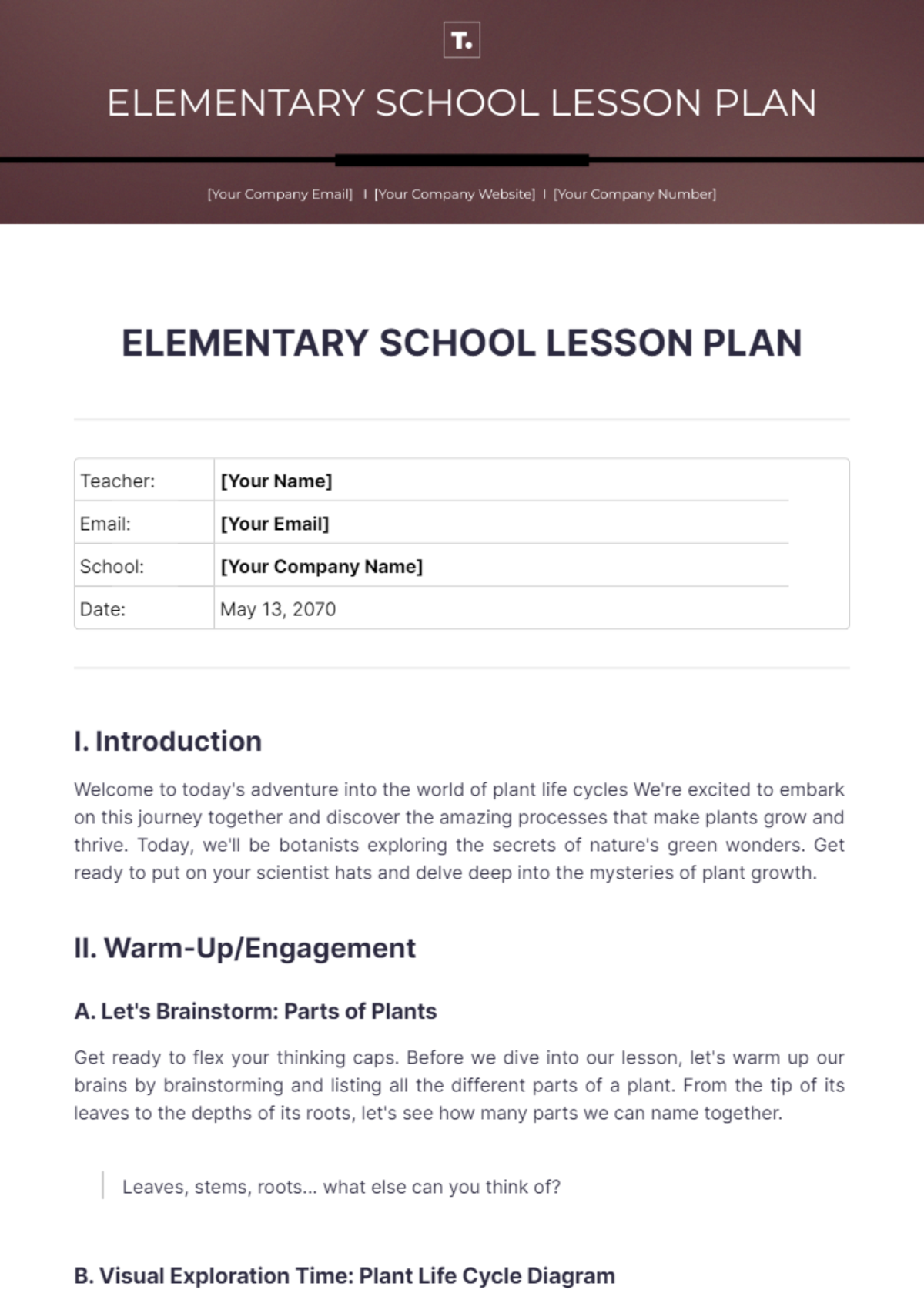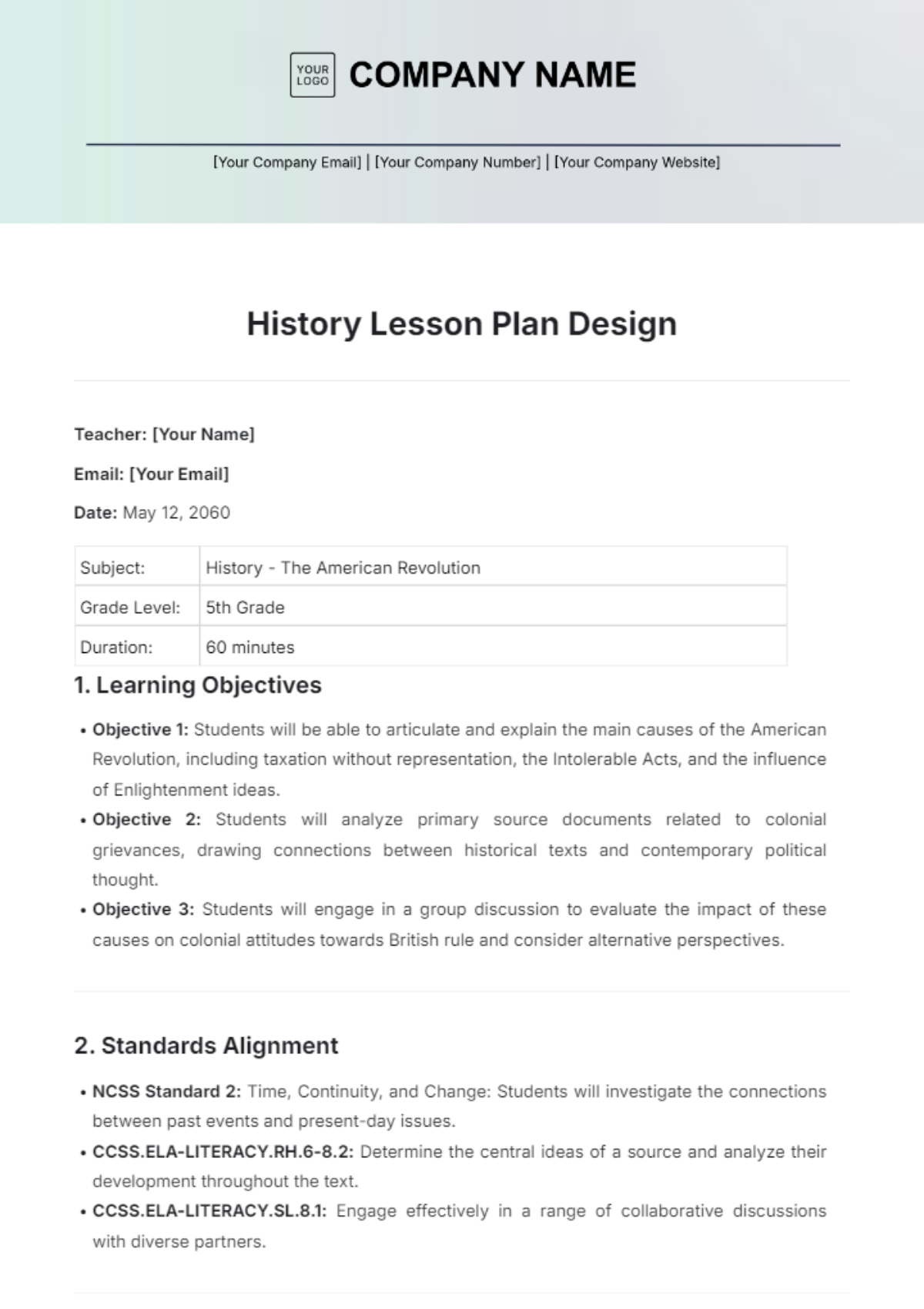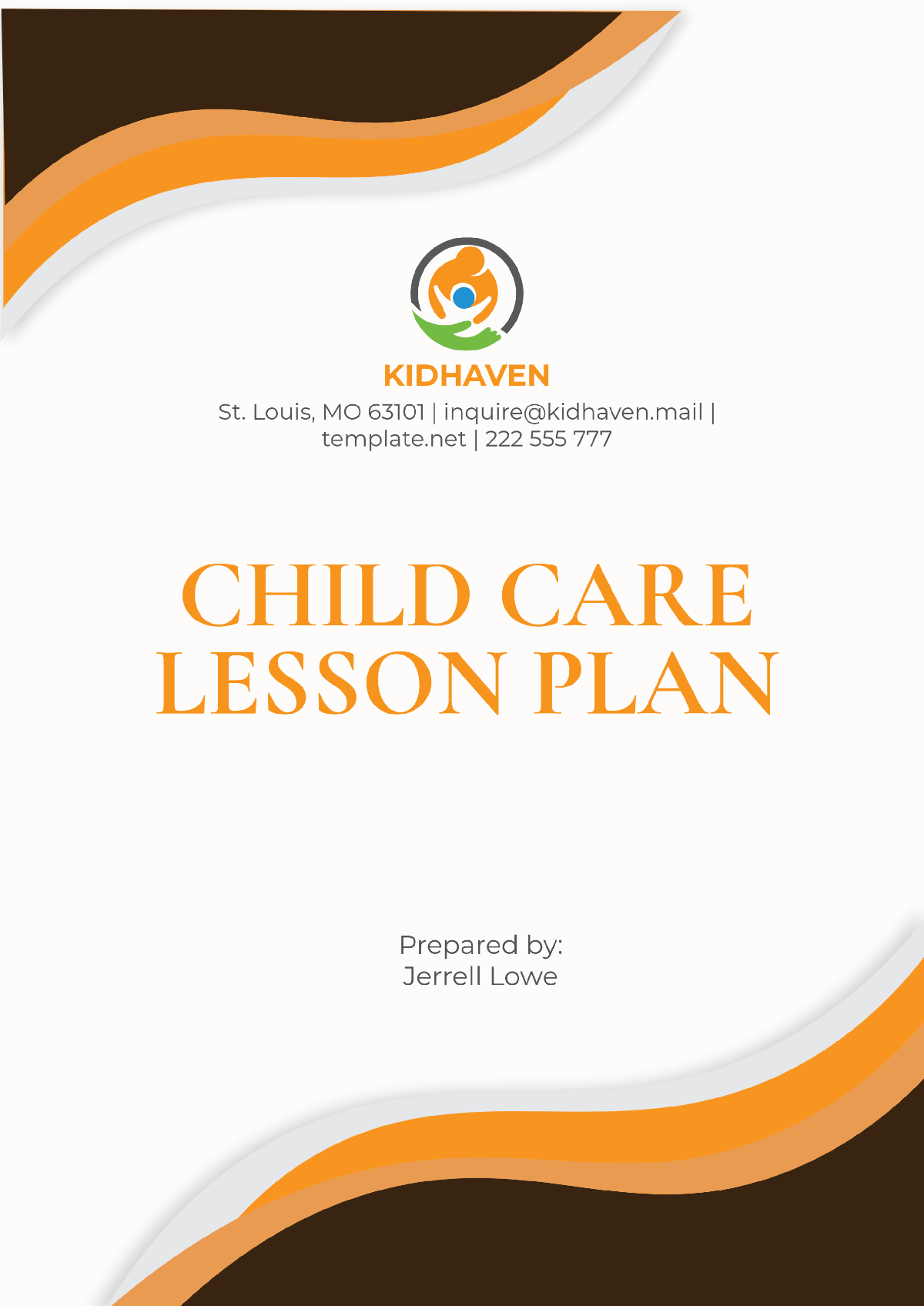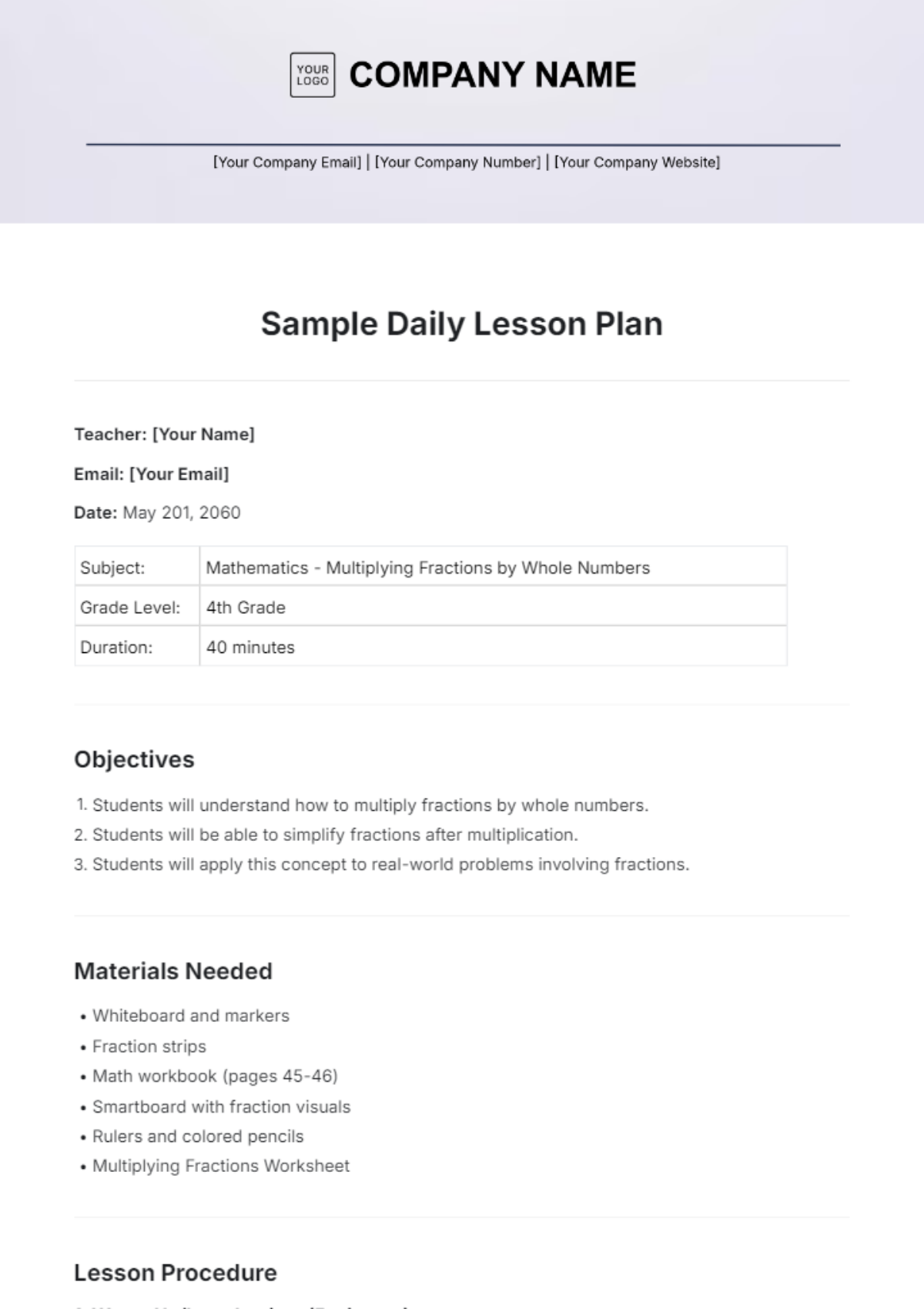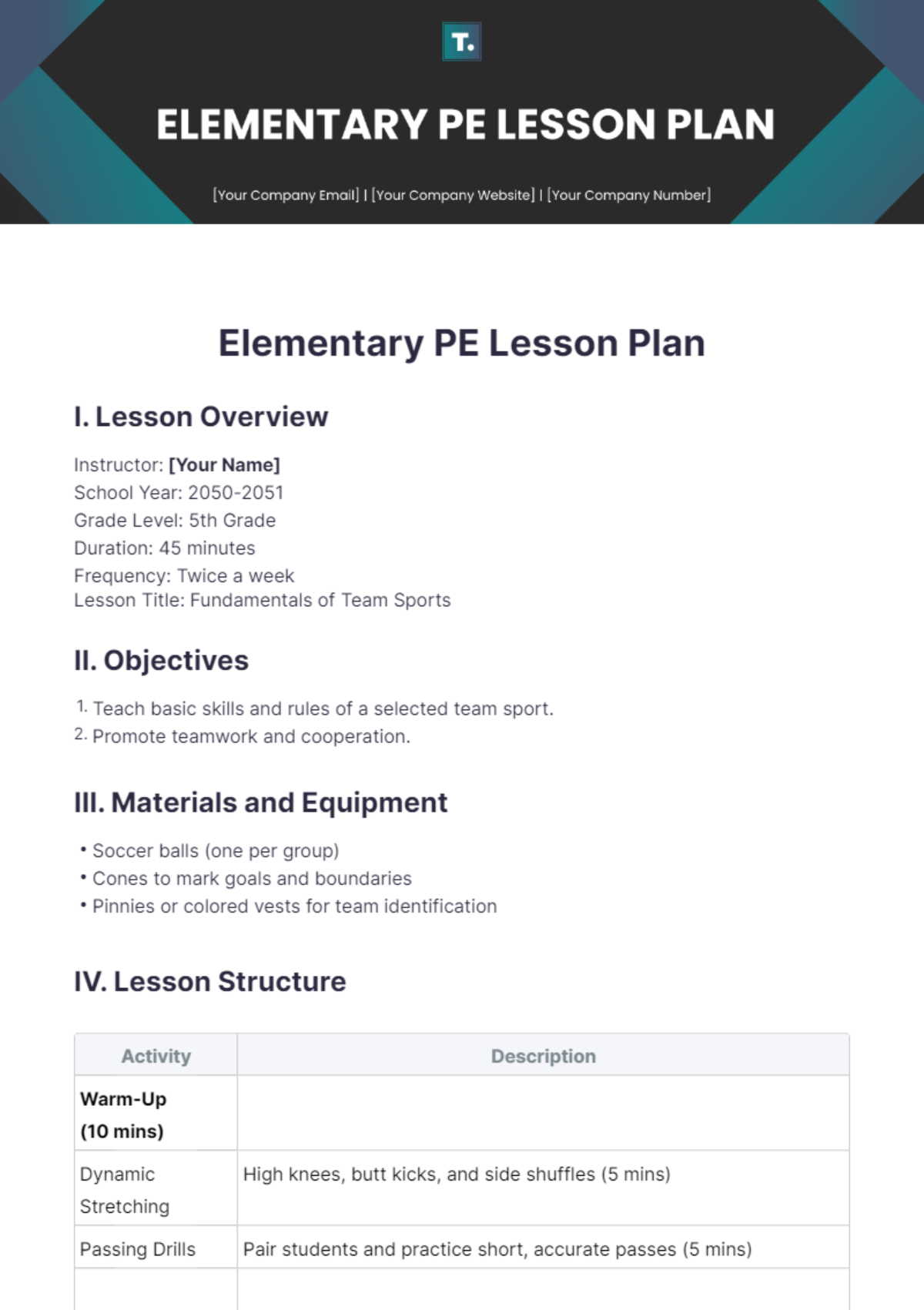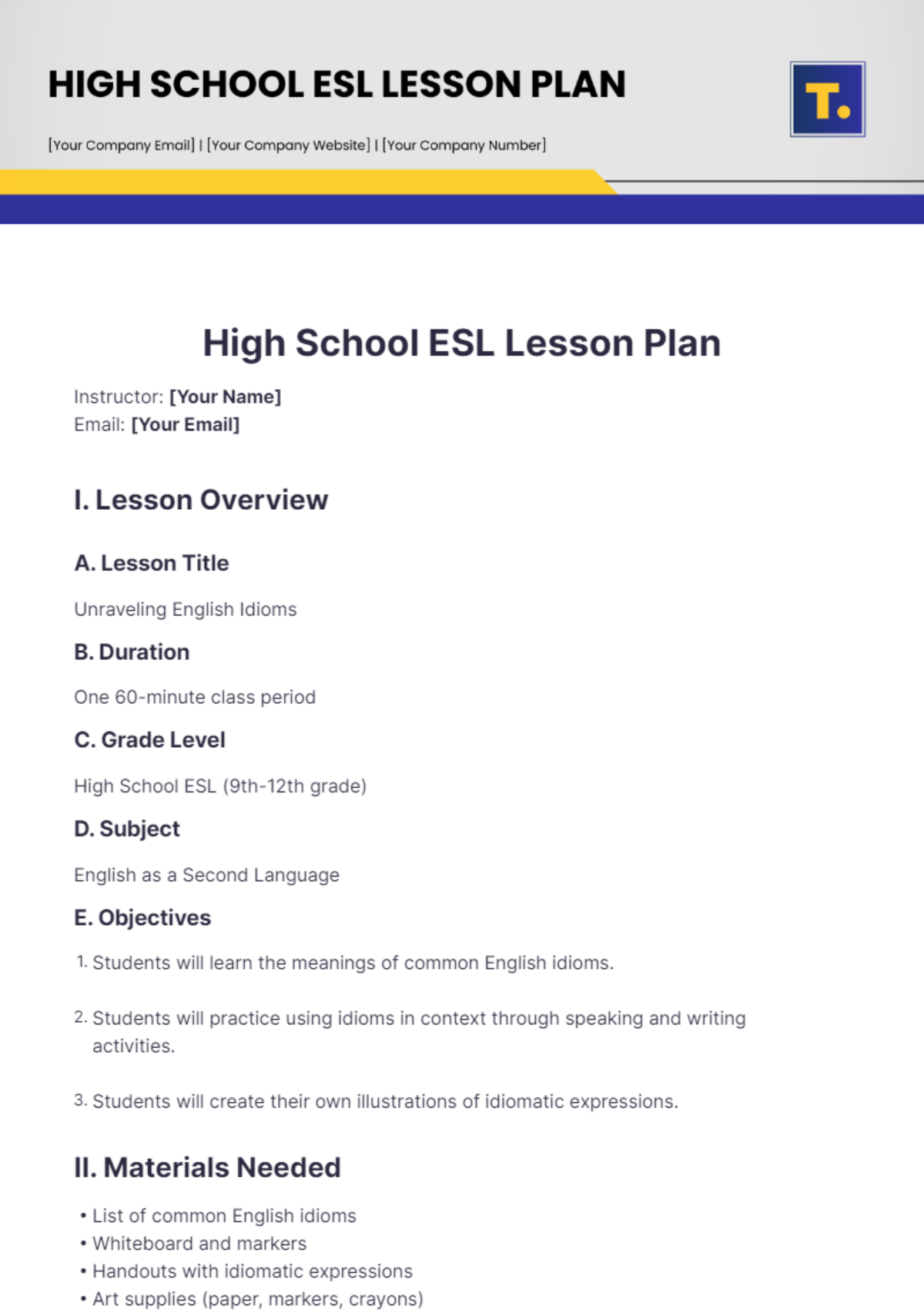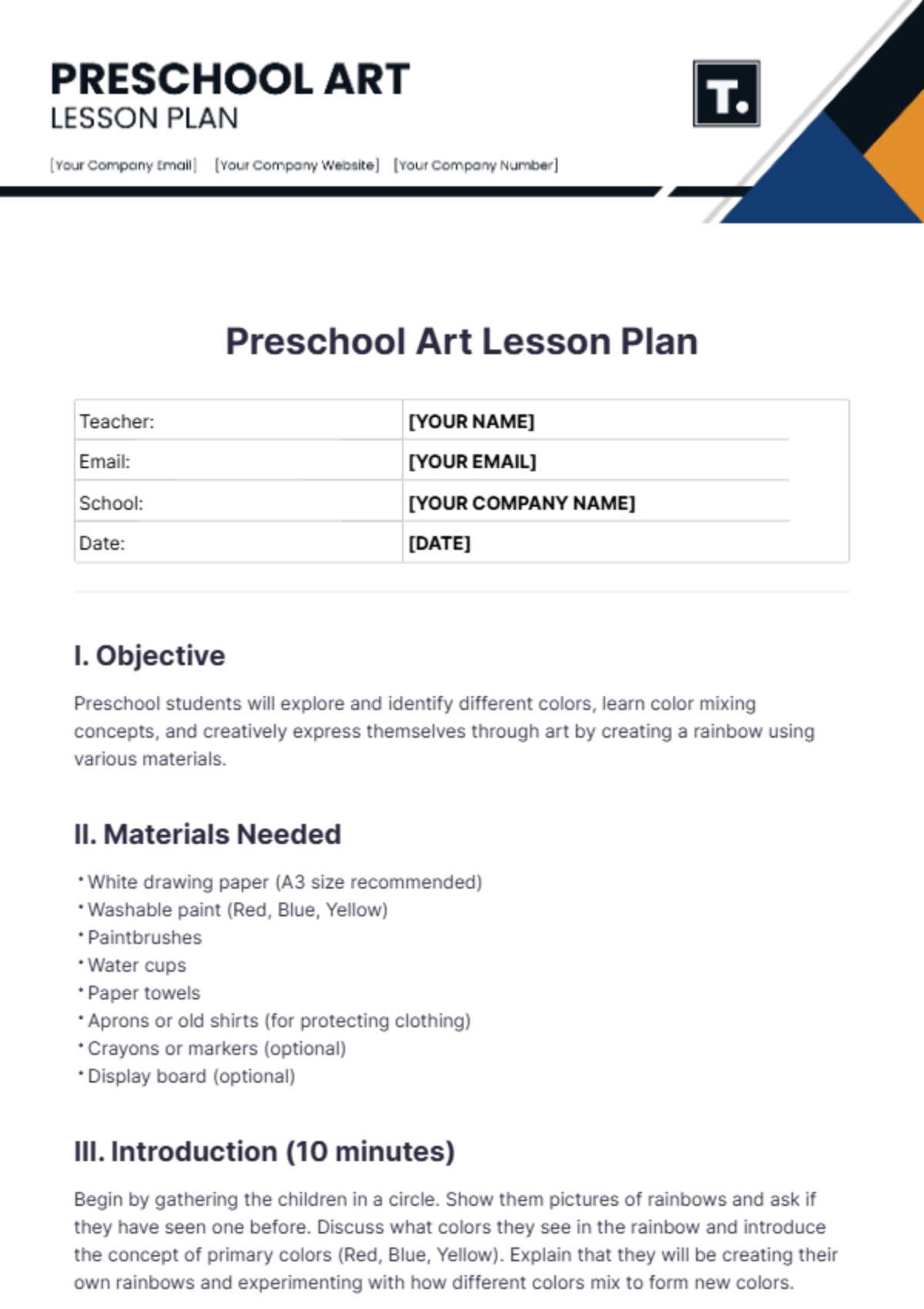ACTIVITY LESSON PLAN
I. Session Details
Date: May 30, 2050
Time: 9:00 AM - 12:00 PM
Location: Medical Simulation Lab, [School Name]
Duration: 3 hours
Professor: [Your Name]
II. Learning Objectives
A. Cognitive Objectives: Understand the importance of practical medical field experience in enhancing clinical skills, such as diagnostic reasoning and treatment planning. Students will be able to articulate the relevance of hands-on training in the medical profession and its impact on patient care, drawing connections between theory and practice.
B. Psychomotor Objectives: Develop proficiency in basic medical procedures, including taking vital signs, performing physical examinations, and administering injections. By the end of the session, students should demonstrate competence in these fundamental clinical skills and exhibit proper techniques under supervision.
C. Affective Objectives: Foster a sense of curiosity and enthusiasm for real-world medical applications, encouraging a lifelong commitment to professional development. Through engaging activities, students will develop a passion for continuous learning and improvement in their medical careers, prioritizing patient safety and well-being while embracing challenges as opportunities for growth.
III. Materials
A. Medical Equipment:
Stethoscopes
Blood pressure cuffs
Reflex hammers
Otoscopes
Thermometers
Syringes and needles of various sizes
B. Simulation Models:
Human anatomical models: Full-body manikins with palpable pulses and simulated breath sounds, anatomical charts illustrating organ systems
Task trainers for suturing and wound care: Synthetic skin pads with layered tissue, suture kits containing different types of sutures and instruments
High-fidelity medical manikins for advanced simulations: Simulated patient scenarios with responsive vital signs, computerized manikins capable of simulating various medical emergencies, virtual reality headsets for immersive experiences in surgical simulations
C. Personal Protective Equipment (PPE):
Disposable gloves
Surgical masks
Protective goggles
Lab coats
IV. Procedure
Step | Activity | Time |
|---|---|---|
1 | Introduction to Practical Medical Field Experience | 10 mins |
2 | Overview of Safety Protocols and Equipment | 5 mins |
3 | Group Formation and Assignment of Practical Tasks | 15 mins |
4 | Hands-on Practice with Medical Equipment and Simulation | 30 mins |
5 | Peer Evaluation and Feedback | 20 mins |
6 | Discussion on Practical Learning Outcomes | 10 mins |
V. Assessment
Criteria | Assessment Method |
|---|---|
Proficiency in Procedures | Objective Structured Clinical Exam (OSCE) |
Communication Skills | Peer and Instructor Feedback |
Application of Knowledge | Performance in Practical Tasks, Self-assessment |
VI. Professor’s Reflection
Reflect on the effectiveness of the practical medical field experience, considering student engagement, skill development, and areas for improvement in future activities. Evaluate the alignment between the session objectives and outcomes achieved, identifying any gaps or successes in meeting educational goals. Consider incorporating more advanced simulations or integrating interdisciplinary aspects to enhance the learning experience and better prepare students for clinical practice.
Additionally, assess whether the session met the desired learning objectives and if any modifications are necessary for future iterations. Finally, encourage students to provide feedback on their experiences to further refine the activity for subsequent cohorts, emphasizing the importance of continuous improvement in medical education and fostering a culture of reflective practice among future healthcare professionals.

